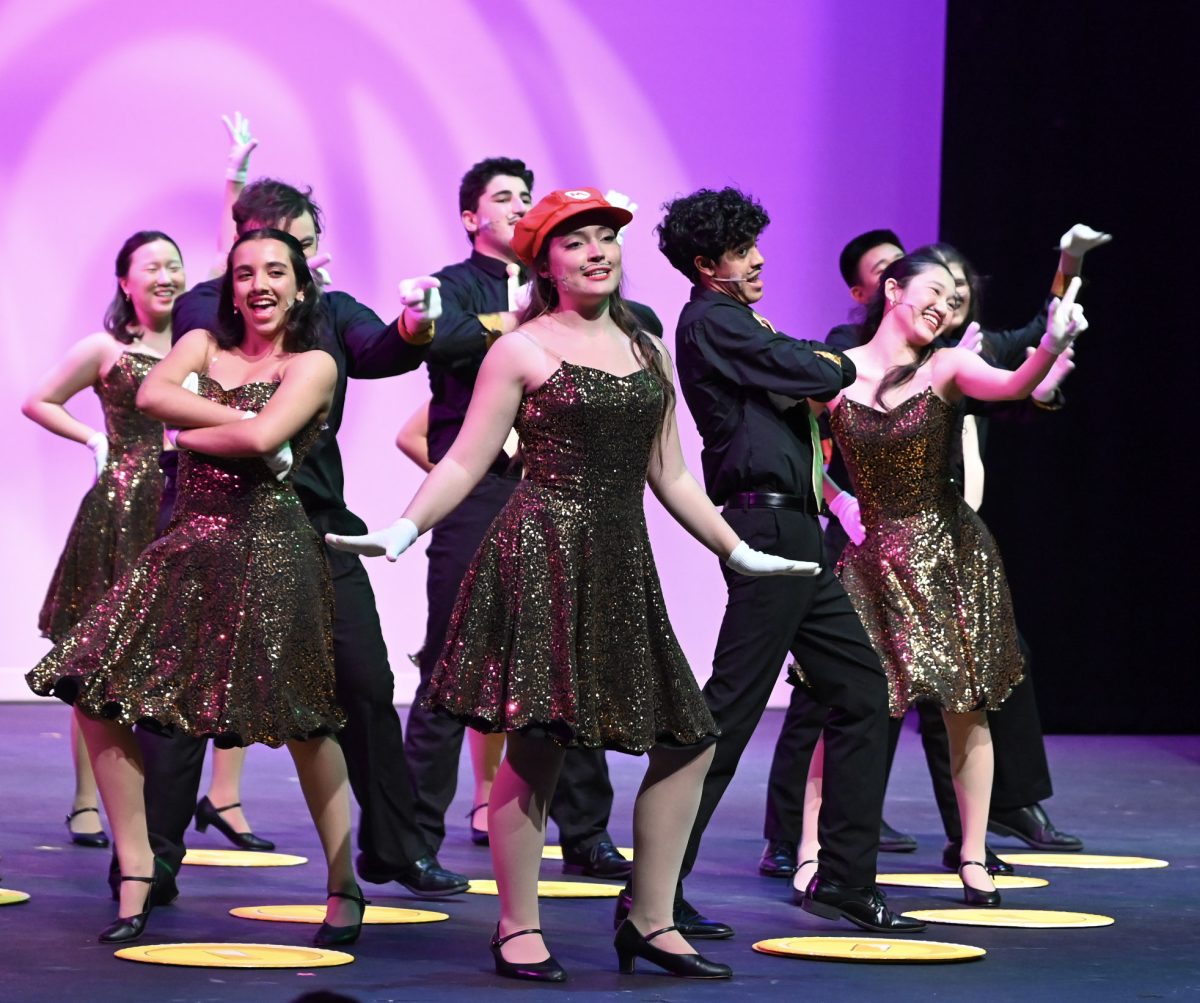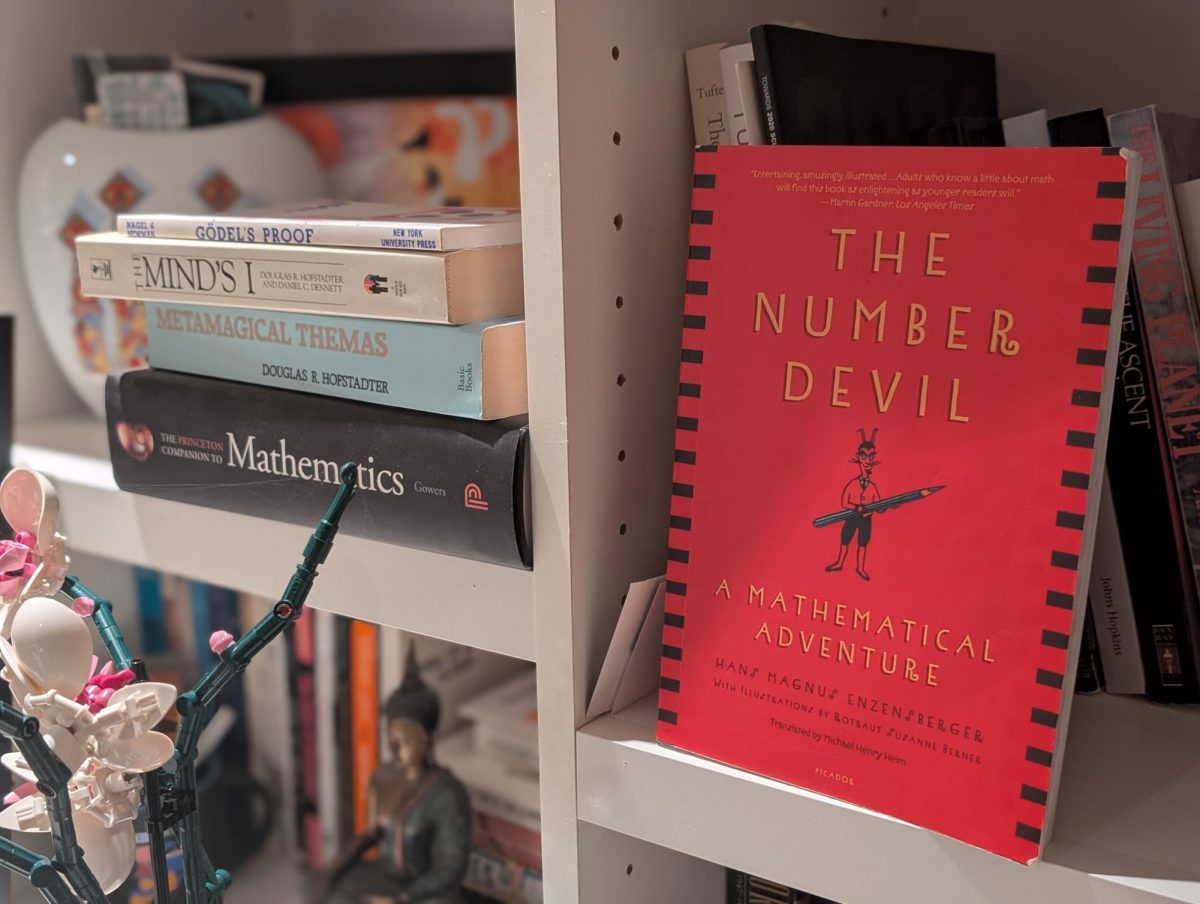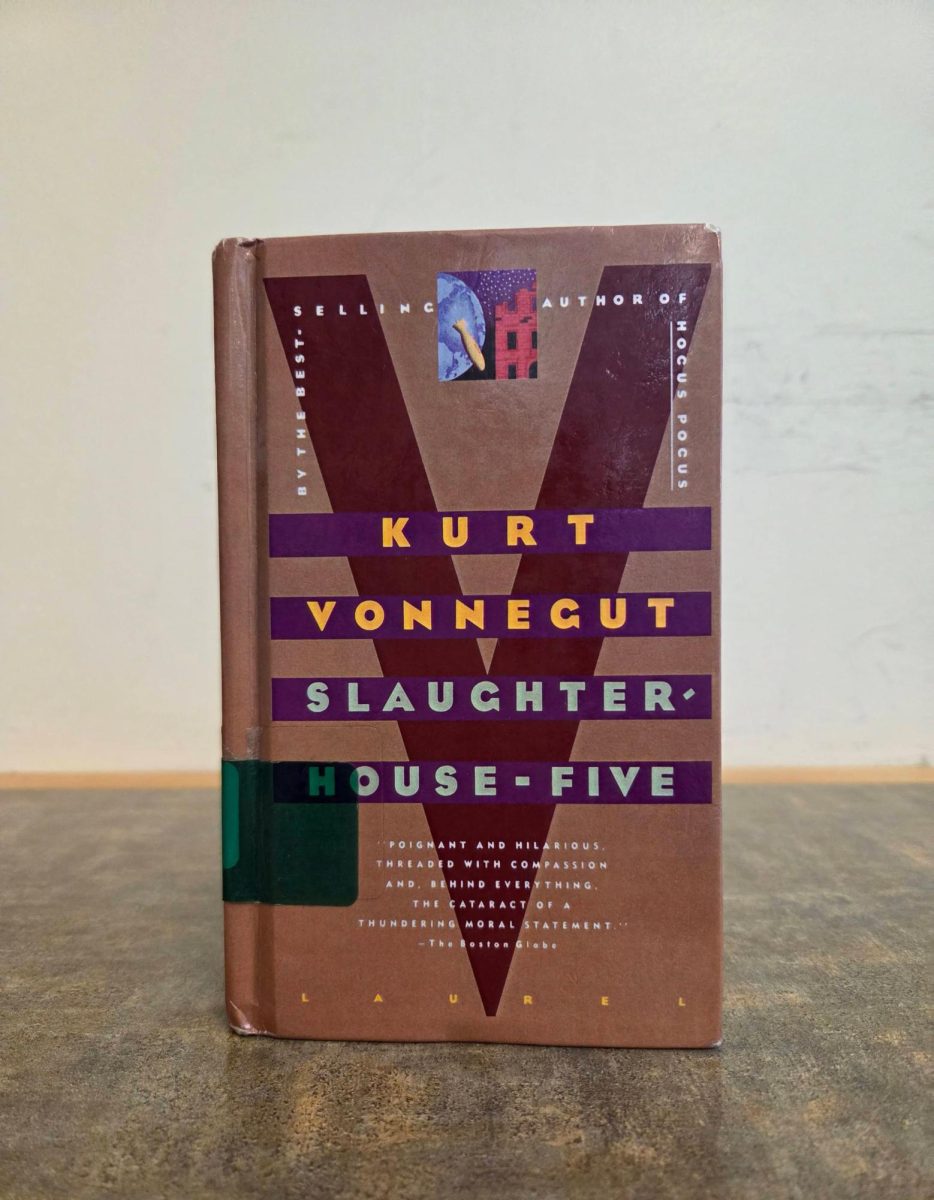In this World War II air force squadron, there is a certain rule: if a pilot is insane, he can be grounded — all he has to do is ask. But by asking to be grounded, he proves he is sane, and therefore he must continue flying missions. This paradox is the essence of “Catch-22”: a rule that traps the soldiers no matter how they approach it.
Protagonist and anti-hero Yossarian’s central motive is to escape from this ludicrous situation. All he wants is to survive and leave the squadron, but every time he nears the required number of missions to be discharged, the quota is raised. He’s stuck in a cruel loop, trapped by a military bureaucracy with no exit.
Time in “Catch-22” moves cyclically, stagnating and doubling back instead of flowing linearly. This structure depicts war as chaotic and absurd: in this winding story, the readers are introduced to a veritable myriad of bizarre characters, each uniquely offbeat yet equally meaningful.
Three characters in particular stood out to me. Of these, Major Major Major Major, burdened with a ridiculous — or perfectly apt, however you wish to see it — name, lives a life defined by random, nonsensical misfortune. I loved reading of his various unfortunate antics, some self-inflicted while others unavoidable, particularly his adopting of a bizarre routine of sneaking into his office through a window to avoid interactions with subordinates.
Another is the squadron’s mess officer and self-proclaimed capitalist genius, Milo Minderbinder, who builds a vast black-market syndicate in his mission to prove that profit can be extracted from anything — even war. He justifies every decision, no matter how unethical, by invoking the mantra that “everybody has a share,” even, and especially, when they really don’t. To me, Milo is the ultimate embodiment of moral ambiguity — simultaneously captivating and repulsive. His presence as the token American in the novel was all too accurate, and I couldn’t do much but reflect on how he mirrors our country satirically and yet oh-so-humorlessly.
Last but not least, Orr, Yossarian’s eccentric tentmate, bumbles his way through the novel in a series of strange stunts and mishaps. At first glance, he seems incompetent, offering bafflingly absurd advice — stuffing crab apples in one’s cheeks? Holding horse chestnuts in one’s palms? Absolutely absurd, and yet, absolutely ingenious. To reference his character, I wanted to bring crab apples to share as snacks with the participants of the ReCreate Reading group for “Catch-22” that I hosted. When I was unable to procure any, my friend recommended that I instead buy horse chestnuts, of which I unfortunately could not find any of either.
These characters, along with Yossarian and the rest of the cast, stand on their own as individually compelling, yet the ensemble as a whole illustrates the overarching theme in the novel: survival in an absurd world requires playing by absurd rules — or inventing your own altogether. What appears nonsensical ends up being the only path to freedom. Even in a system designed to trap people, there’s always a way out if you’re willing to embrace a little madness along the way. Especially in the current political climate, this message was particularly resonant to me as I wandered my way through the story.
I laughed out loud at many of the lines in the novel, but just as quickly, I found myself sobered by the brutal violence woven seamlessly into moments of humor. Around the three-quarters mark of the novel, an abrupt and distinctly noticeable tonal shift occurs. The humor that once permeated the story gives way to something darker — characters who previously felt untouchable begin to die, one after the other.
This shift from absurd antics to stark mortality is jarring, almost as if the reader, like Yossarian, had been lulled into a false sense of security by the ridiculousness of it all. Suddenly, the stakes become real, and the absurd comedy that once provided relief transforms into a reminder that war spares no one. Though I preferred the humor of the writing before the shift, I can also appreciate the writing for what it is, and understand the novel to need this change to fully commit to the message it wishes to convey.
Since its publication in 1961, “Catch-22” has become nothing short of a cultural touchstone, influencing not just literature but popular discourse. The phrase “catch-22” itself has entered the lexicon, now shorthand for any no-win situation governed by contradictory logic. I’ve used it myself in conversation with friends, as we complain about various situations we find ourselves in, be it difficult classes or mind-numbing work.
References to the novel appear in everything from TV shows to political speeches — a testament to the story’s enduring relevance. The novel’s critique of bureaucracy and the absurdity of war has resonated across generations, shaping modern anti-war narratives and inspiring countless works that use satire to challenge authority.
After all, “Insanity is contagious.”
Rating: 4.8/5


















![“[Building nerf blasters] became this outlet of creativity for me that hasn't been matched by anything else. The process [of] making a build complete to your desire is such a painstakingly difficult process, but I've had to learn from [the skills needed from] soldering to proper painting. There's so many different options for everything, if you think about it, it exists. The best part is [that] if it doesn't exist, you can build it yourself," Ishaan Parate said.](https://harkeraquila.com/wp-content/uploads/2022/08/DSC_8149-900x604.jpg)




![“When I came into high school, I was ready to be a follower. But DECA was a game changer for me. It helped me overcome my fear of public speaking, and it's played such a major role in who I've become today. To be able to successfully lead a chapter of 150 students, an officer team and be one of the upperclassmen I once really admired is something I'm [really] proud of,” Anvitha Tummala ('21) said.](https://harkeraquila.com/wp-content/uploads/2021/07/Screen-Shot-2021-07-25-at-9.50.05-AM-900x594.png)







![“I think getting up in the morning and having a sense of purpose [is exciting]. I think without a certain amount of drive, life is kind of obsolete and mundane, and I think having that every single day is what makes each day unique and kind of makes life exciting,” Neymika Jain (12) said.](https://harkeraquila.com/wp-content/uploads/2017/06/Screen-Shot-2017-06-03-at-4.54.16-PM.png)








![“My slogan is ‘slow feet, don’t eat, and I’m hungry.’ You need to run fast to get where you are–you aren't going to get those championships if you aren't fast,” Angel Cervantes (12) said. “I want to do well in school on my tests and in track and win championships for my team. I live by that, [and] I can do that anywhere: in the classroom or on the field.”](https://harkeraquila.com/wp-content/uploads/2018/06/DSC5146-900x601.jpg)
![“[Volleyball has] taught me how to fall correctly, and another thing it taught is that you don’t have to be the best at something to be good at it. If you just hit the ball in a smart way, then it still scores points and you’re good at it. You could be a background player and still make a much bigger impact on the team than you would think,” Anya Gert (’20) said.](https://harkeraquila.com/wp-content/uploads/2020/06/AnnaGert_JinTuan_HoHPhotoEdited-600x900.jpeg)

![“I'm not nearly there yet, but [my confidence has] definitely been getting better since I was pretty shy and timid coming into Harker my freshman year. I know that there's a lot of people that are really confident in what they do, and I really admire them. Everyone's so driven and that has really pushed me to kind of try to find my own place in high school and be more confident,” Alyssa Huang (’20) said.](https://harkeraquila.com/wp-content/uploads/2020/06/AlyssaHuang_EmilyChen_HoHPhoto-900x749.jpeg)
















